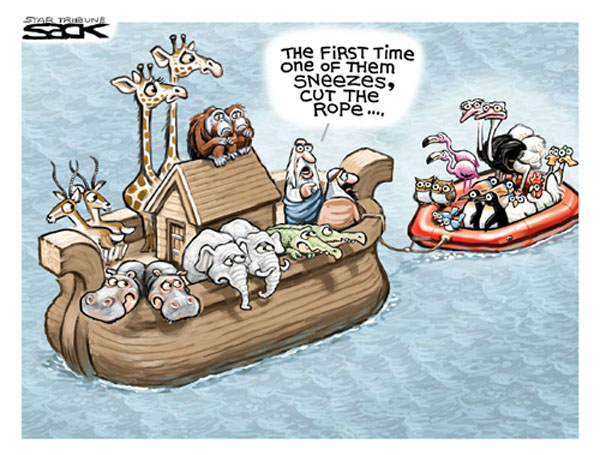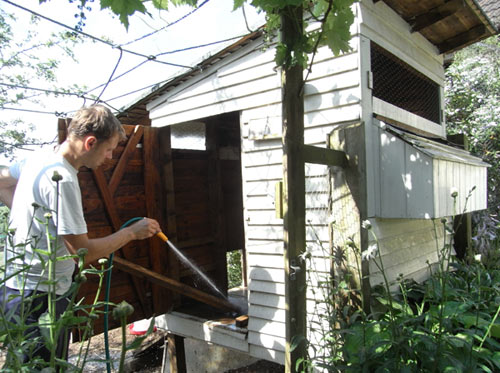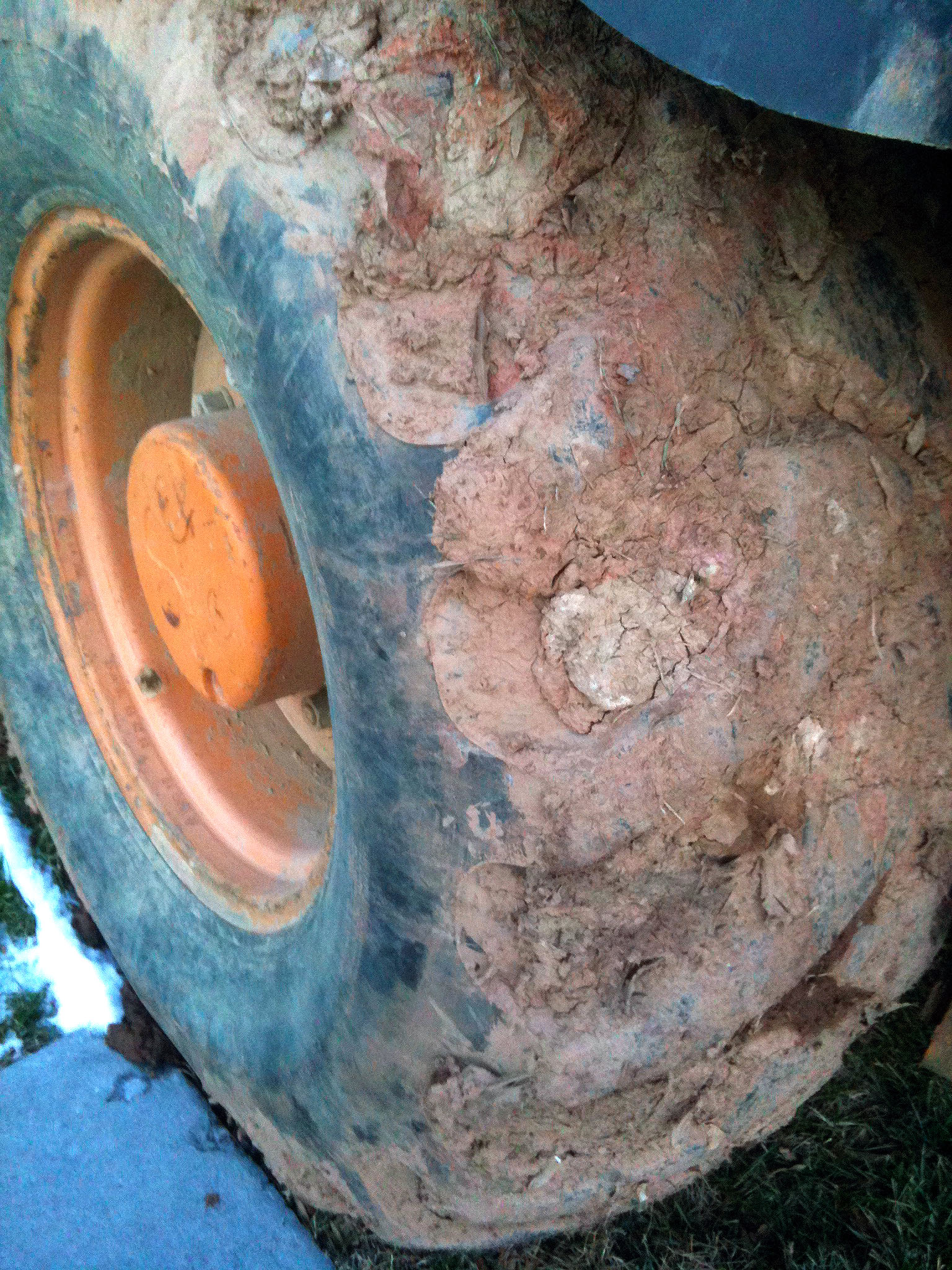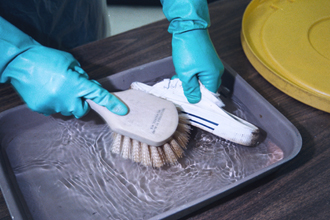Section 3. Biosecurity
| Site: | Extension Foundation Online Campus |
| Course: | Avian Influenza Biosecurity for Youth and 4-H Members |
| Book: | Section 3. Biosecurity |
| Printed by: | Guest user |
| Date: | Saturday, December 13, 2025, 8:29 PM |
Description
- Prevention
- Biosecurity
- Isolation
- Traffic Control
- Sanitation
- Decontamination
Table of contents
- Learning Objectives
- Prevention
- What is Biosecurity?
- Biosecurity Measures
- Isolation
- Isolation Practices
- Traffic Control
- Keep It Clean
- Sanitation I: Waste Management
- Sanitation II: Carcass Disposal
- Decontamination
- When to Clean and Disinfect Equipment
- Decontamination Steps
- USDA - Keeping Your Birds Healthy
- Section 3. Quiz
Learning Objectives
At the end of section three, the instructors of this course want you to understand the how to prepare and use biosecurity measures in stopping the spread of disease in your flocks.
Prevention
Prevention is the key to protecting your birds from AI and other diseases. Birds lost to disease can lead to financial and emotional losses. Use biosecurity precautions to reduce the risk of your birds contracting and spreading disease among your flocks. This short U.S. Department of Agriculture (USDA) video is an introduction to the basics of biosecurity. If you keep birds in you backyard you need to practice biosecurity too.What is Biosecurity?

Biosecurity Measures
Visit the USDA's Biosecurity For Birds to download free brochures, handbooks, videos, calenders and posters for poultry and bird owners. |

USDA
|
Isolation

Isolation Practices
Setup:
|
 Photo Credit: Jessica Renshaw
|
Birds:
|
 ARS: Keith Weller |
Pests:
|
 CDC Photo Library: James Gathany |
Traffic Control
Daily Routine:
Visitors:
Business:
|
USDA APHIS - Making a Footbath
|
Keep It Clean
| Sanitation and decontamination, when properly done, can effectively kill pathogens such as avian influenza virus. It only takes a small amount of AI-contaminated manure to infect one million birds. These procedures are critical to preventing and containing the disease!12,13 Sanitation is a means of promoting health by preventing contact with wastes. |
 ARS: Stephen Ausmus
|
Sanitation I: Waste Management
Handling Materials:
|
 CDC: Cade Martin
|
- Remove and dispose manure before adding new flocks. This will help deter pests.
- Do not use fresh manure as a fertilizer for gardens as there may be diseases present. It may also kill your plants.14
- Composting is the best way to dispose of manure. Composted manure may be used as fertilizer on gardens. Do not add dead animals to your compost. For more information on composting visit eXtension's Soil and Composting.
Howdiniguru - How to Make Compost
Sanitation II: Carcass Disposal
Carcass Disposal:
From time to time you will have to dispose of animals that have died from old age, injury, stress or disease. Proper disposal will prevent the attraction of pests such as rodents and insects as well as the spread of disease.
Dead rodents or wild birds will need to be removed from the area and disposed of properly away from your flocks. If you are able to bury the animal make sure you use gloves and dig a hole, at least a foot deep, to prevent animals from digging it up. If laws ban burying, you may place the animal in plastic bag and seal it while wearing gloves. The body may be placed in the trash. Wash your hands when finished. If you see multiple dead wild birds in a short period of time contact the USDA Wildlife Services at 1-877-463-6497.16
Dead poultry may be disposed of by burying, composting, rendering, or incineration in commercial operations. However, in a backyard setting where deaths are rare, burial is the best option. Remember to check with your county first for approved disposal methods. If burial is not an option then you may wrap and seal the bird in a plastic bag and place it in the trash.3,9
For more information on the safe disposal of dead poultry, visit the University of Maine Cooperative Extension Bulletin #12 https://extension.umaine.edu/publications/12e/
Decontamination
Decontamination is a two-part process that reduces or removes pathogens, or disease causing germs.8 1. Cleaning – physically removes organic materials such as dirt, manure, feed, and litter. This first step is important because dirt can block the disinfectant from the germs. 2. Disinfecting – destroys the virus by direct exposure to disinfectants. |
 |
You can purchase these disinfectants at most hardware, feed store, or grocery stores. Do not use disinfectants on living things such as people, animals, and plants. Always read and follow label instructions.
- Environmental Protection Agency (EPA) approved disinfectants such as One Stroke Environ® and Tek-trol®.
- Bleach* - mix ¾ cup of bleach per gallon of water or 1 part bleach to 10 parts water.
- Quaternary Ammonium Compounds* such as Lysol No Rinse Sanitizer®
When to Clean and Disinfect Equipment
|
 Photo Credit: Jenny Madsen
|
Decontamination Steps
Equipment:7,13
|
 USDA APHIS
|
Poultry Housing:
(Clean everyday or as needed)
|
 |
Sanitizing Poultry Drinking Water:
If you use ponds, streams, or wells as your source of drinking water for your poultry, you should consider adding a sanitizer such as chlorine to the water. This will reduce the level of harmful germs in the water and prevent the buildup of slime in your waterers.
- Bleach may be used to sanitize water by adding 1 ounce (2 tablespoons) of bleach to 1 gallon of water.
- Measure bleach carefully because too much can be harmful to you and your birds.
- Handle bleach carefully because it can stain your clothes and burn your skin.
- If giving a vaccine through the drinking water, stop using bleach to sanitize drinking water 2 days prior to vaccination as bleach will kill the vaccine and make it not work.
- Clean waterers and replenish with fresh water daily.